This post may contain affiliate links. If you make a purchase by clicking on these links, I may earn a small commission at no extra cost to you. Read the disclaimer for more information.
When I travelled to Hue, the old capital of Vietnam, the first thing I did was visit the old Imperial Citadel of the Nguyen Dynasty, which ruled the country between 1802 and 1945.
Although the citadel was badly damaged during the Vietnam War, it is still very impressive as it is slowly being restored to its former glory. The Nguyen Dynasty was relatively short, lasting only 143 years, yet surprisingly there were 13 Emperors who ruled during that time. The Emperors of the Nguyen Dynasty obviously believed that life is short, but death is forever, and so they all wanted elaborate tombs built for them to see them through to the afterlife. These tombs were built all along Song Huong (The Perfume River) which runs through the city of Hue, and unlike the Citadel, they were not destroyed during the war.
The day after visiting the Citadel, I decided to visit some of these tombs.
The first tomb that I visited was that of Emperor Minh Mang, the second Emperor of the Dynasty who actually saw the completion of the Imperial Citadel and died in 1841. His tomb is not only elaborate, but the sheer size of it is quite impressive. The entire walled tomb covers a huge area of land with gardens, lakes and impressive buildings. Feng shui was important to the Vietnamese, and the layout of this tomb was shaped as a person, with the buildings making up the body, the head the tomb itself in the hillside, and the surrounding lakes representing the arms.
The next tomb that I visited was much smaller, however it was absolutely stunning and my favourite of the three that I visited today. This is the tomb of Emperor Khai Dinh, one of the later Emperors who died in 1925. His tomb is by far the most elaborate, with stairs leading up past perfectly symmetrical buildings and statues, with the main tomb building itself at the top of the hill.
Being one of the later emperors, Khai Dinh’s tomb has many European influences in its architecture, and I found that the paintings on the roof certainly reflect this. The interior is a true feast for the eyes, and I found that I wandered around in silence with my mouth wide open.
There wouldn’t be any topping the pure beauty of Khai Dinh’s Tomb, but I visited one last tomb on this day, that of Emperor Tu Doc who died in 1883 . Although not as impressive as the tomb of Khai Dinh, the thing that I found interesting about this tomb was that Tu Doc actually used to spend a lot of his time living here as well while he was alive, as he wasn’t fond of living in the Citadel in Hue.
If you visit Hue during your travels in Vietnam, don’t just visit the Imperial Citadel. Make some time to visit the tombs as well, particularly the tombs of Ming Mang and Khai Dinh. They are sure to impress.






















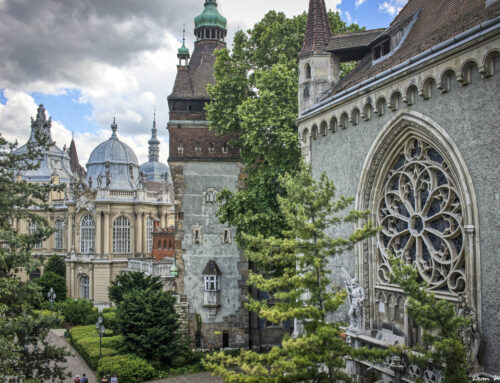
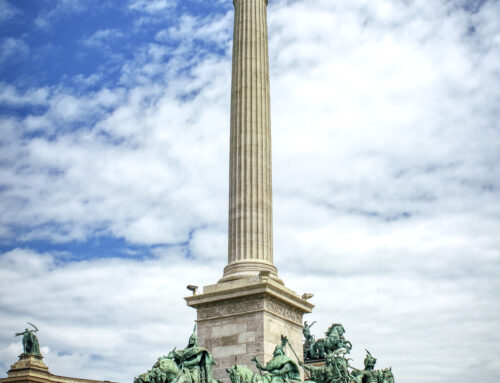
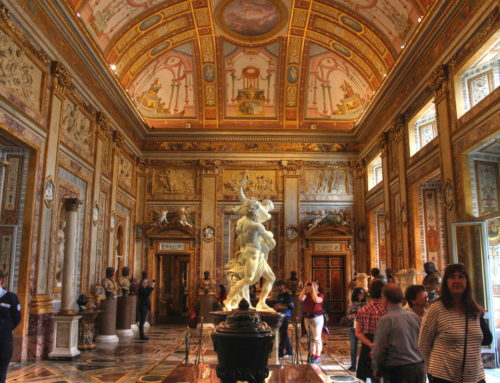
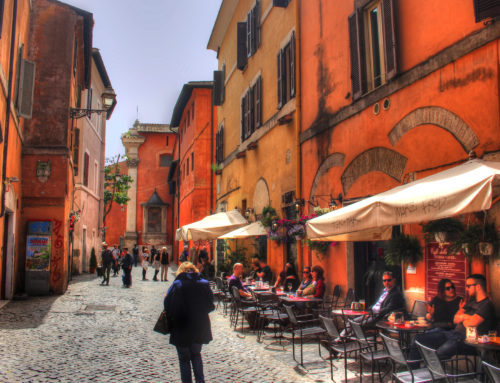
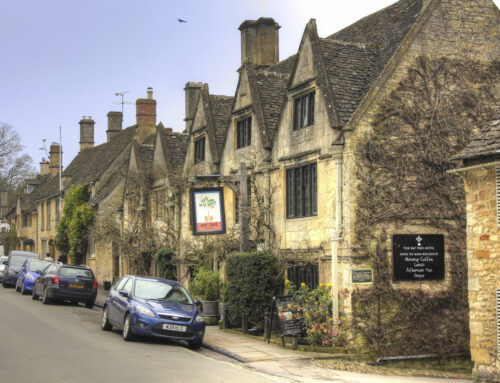
you take beautiful photos! Vietnam is one of our favorite countries in SE Asia, and we regret missing out Hue while we visited there last year because we have limited time. This article makes me want to go back there soon! Thanks for sharing.
Thanks! Hue is definitely worth checking out if you have time.
[…] I was out for the day exploring the Imperial Tombs in Hue, Vietnam, I had the opportunity to stop at a traditional martial arts school to view a performance. […]
[…] well. I took this particular photo during one of these “bonus stops” on my tour of the Imperial Tombs outside of Hue. We had pulled up at a small village where they happen to make a lot of incense, […]
[…] the tomb of Emperor Khai Dinh in Hue, Vietnam. Of the three tombs that I visited near Hue, the tomb of Emperor Khai Dinh was by far the most impressive and elaborate. The architecture is magnificent, but it was the […]
Dean:
Small correction: It’s Emperor Tu Duc – not Tu Doc! Thanks for your impressive captures…Just came across your post today. Timeless, nevertheless!
You’re right Hai. He was certainly an Emperor and should have that it front of his name. Cheers.
[…] took a half day bus tour to see three of the Emperors tombs, including a stop at an incense making village and a martial arts performance. The tour cost $8 […]
[…] Image: Dean Wickham […]
[…] https://www.theroadtoanywhere.com/exploring-the-tombs-of-the-emperors-of-the-nguyen-dynasty-in-hue-vi… […]